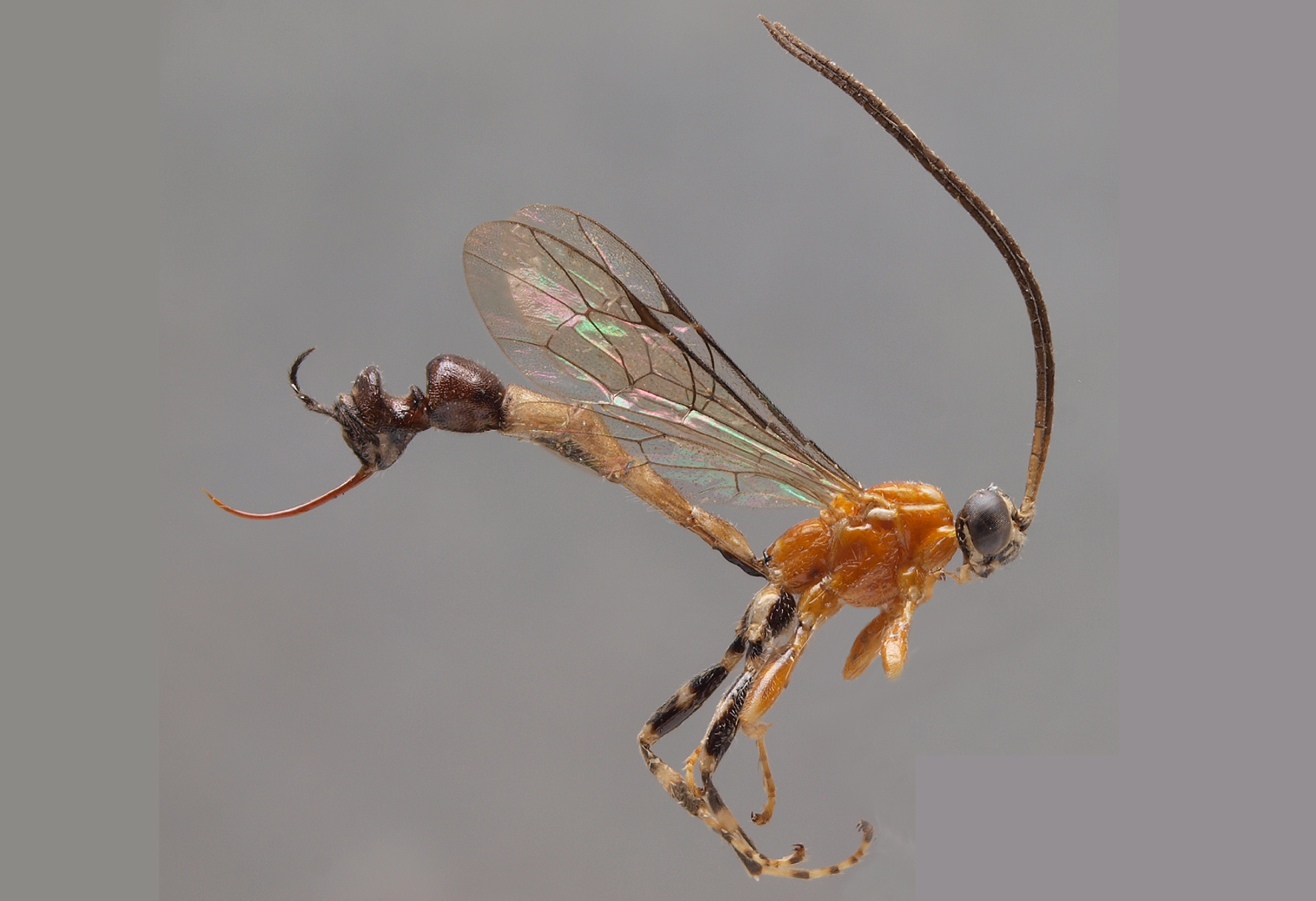Abstract
Few Aphelenchoides spp. are facultative plant-parasites (foliar and bulb nematodes); three of them are well known in agricultural systems, namely Aphelenchoides besseyi, A. fragariae and A. ritzemabosi. Ten other plant-parasitic species, A. arachidis, A. bicaudatus, A. blastophthorus, A. dalianensis, A. ensete, A. nechaleos, A. paranechaleos, A. saprophilus, A. sphaerocephalus and A. subtenuis, have been reported from a limited number of plant species. We compiled a new database of the associated plants for these thirteen species, a comprehensive list that includes 1104 reports from 126 botanical families. A. besseyi, A. fragariae and A. ritzemabosi represent 94% of the reports, circa 83% and 16% of the total reports correspond to flowering plants and ferns, respectively, with three records on conifers and two from other botanical groups also listed. Most plant-parasitic Aphelenchoides show a remarkably broad diversity of associated plants. Most species appear to have no specific plant hosts (i.e. are generalists). The broad host ranges of these species and absence of more intimate interactions with the associated plants highlights the primitive mode of parasitism in Aphelenchoides species, making them potentially interesting in the study of the evolution of plant parasitism. Even though the compiled list of associated plants is long, it probably only represents a fraction of the potential range. The complete compilation has been uploaded to http://nematodes.myspecies.info/.

